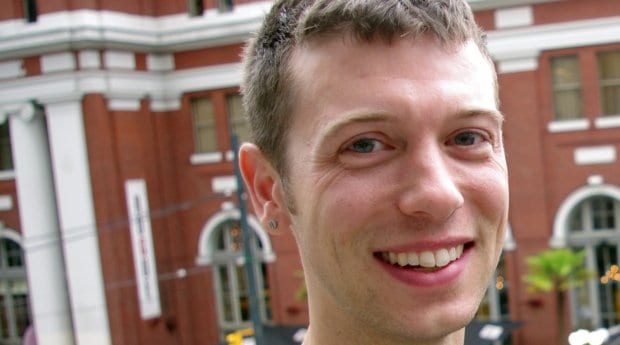New research suggests that suicide has surpassed HIV as a leading cause of death among gay and bisexual men in Canada.
The study, published in the current issue of Critical Public Health, examines suicide and HIV-related mortality data from Statistics Canada, the Canadian Community Health Survey and other sources from 2000 to 2011.
The findings reveal that gay and bisexual men are four times more likely to have attempted suicide than straight men and are 42 times more likely to be living with HIV. In 2011, the latest year of data, 157 gay and bisexual men died from suicide compared to 97 who died as a result of HIV-related illnesses.
“I think that the underlying cause of all of these problems, including suicide, is pervasive anti-gay or homophobic societal attitudes,” says lead author Travis Salway Hottes, who is a doctoral student at the University of Toronto.
“We know from Statistics Canada data, as well as individual stories, that sexual minorities experience higher rates of violence and face very overt forms oppression, as well as incidents that happen in more minor ways that accumulate day-to-day. Unfortunately, I think the most severe outcome that we see as a result of those factors is suicide. It’s the most immediate and stark example of what’s happening to gay and bisexual people who are facing this level of anti-gay sentiment.”
For the purpose of the study, the authors estimate that two percent of Canadian men are either gay or bisexual.
“If anything, that’s an underestimate, which is probably on the low end of actual number of deaths,” Salway Hottes says. “This is our most conservative, cautious estimate. In reality, it’s probably a lot higher. Even at that low bar, the really key point for us is the number of deaths by suicides is higher than or as high as HIV. This surprises a lot of people because it’s a common idea that HIV is the biggest health issue for gay men. It still is important, but there are other causes of death that are probably right up there with HIV.”
While HIV-related deaths in Canada have steadily declined since 2000, suicide rates remain relatively static, surpassing HIV as a leading cause of death for gay and bisexual men in 2007.
Salway Hottes notes that suicide attempts are more common during adolescent years but that fatality rates increase with age. “While we need to make sure children are getting a good education and a good start and support around sexuality, we also need to figure out what we can do for the person who doesn’t come out until they are an adult,” he says. “I think we need to pay attention to adults who are struggling with this issue because most people dying from suicide are over the age of 30. How do we reach out to people who aren’t necessarily going to reach out for help when they are 30 or 40?”
Salway Hottes notes that research on gay, lesbian and bisexual people is constrained by the lack of sexual orientation data in demographic studies such as the census.
Research addressing suicide among gay and bisexual men is sparse. The study found that from 2003 to 2012, four percent of research on HIV and 0.5 percent of research on suicide are specific to gay and bisexual men.
“There is no easy way to go about studying LGBT people, but [we] shouldn’t be deterred by that,” he says. “Even if we had sexual orientation on the census — which I think would be a major step forward in terms of getting data — we need to acknowledge that as long as non-heterosexual sexualities are stigmatized, we should expect that people will underreport LGB identity on a census or community health survey. We have to expect people won’t feel comfortable. We shouldn’t not do it but need to acknowledge that limitation.”
He says that heavy focus on HIV research narrows the scope of mental-health services for gay and bisexual men.
“The way we organize our services are all around sexuality and sex with other men,” he says. “What if the issues are bigger than that? How do we prevent other mental-health issues like suicide? It might not mean bathhouse or going to bars.”
He says that organizations such as Vancouver’s Health Initiative for Men (HIM), which address the overall mental-health needs of gay and bisexual men, are crucial supports.
“We have dedicated programs to improving gay men’s mental and social health, including a social-marketing campaign called Take Time for Your Mind, professional counselling as well as a peer support program called Change Advocates,” HIM program manager Jody Jollimore says. “We also are working with AIDS Vancouver to help deliver their health-promotion case-management project, and we know that’s going to rely heavily on improving, again, gay men’s mental and social health. So that program will be dedicated to working with HIV-negative men around some of their mental health needs.”
If you or a friend or loved one are thinking about suicide, there are people who can help you find other solutions.
In an urgent situation, contact your local crisis centre. Click here for assistance finding help near you.
In Vancouver, the Health Initiative for Men and Qmunity offer support services related to mental health for LGBT communities.

 Why you can trust Xtra
Why you can trust Xtra


